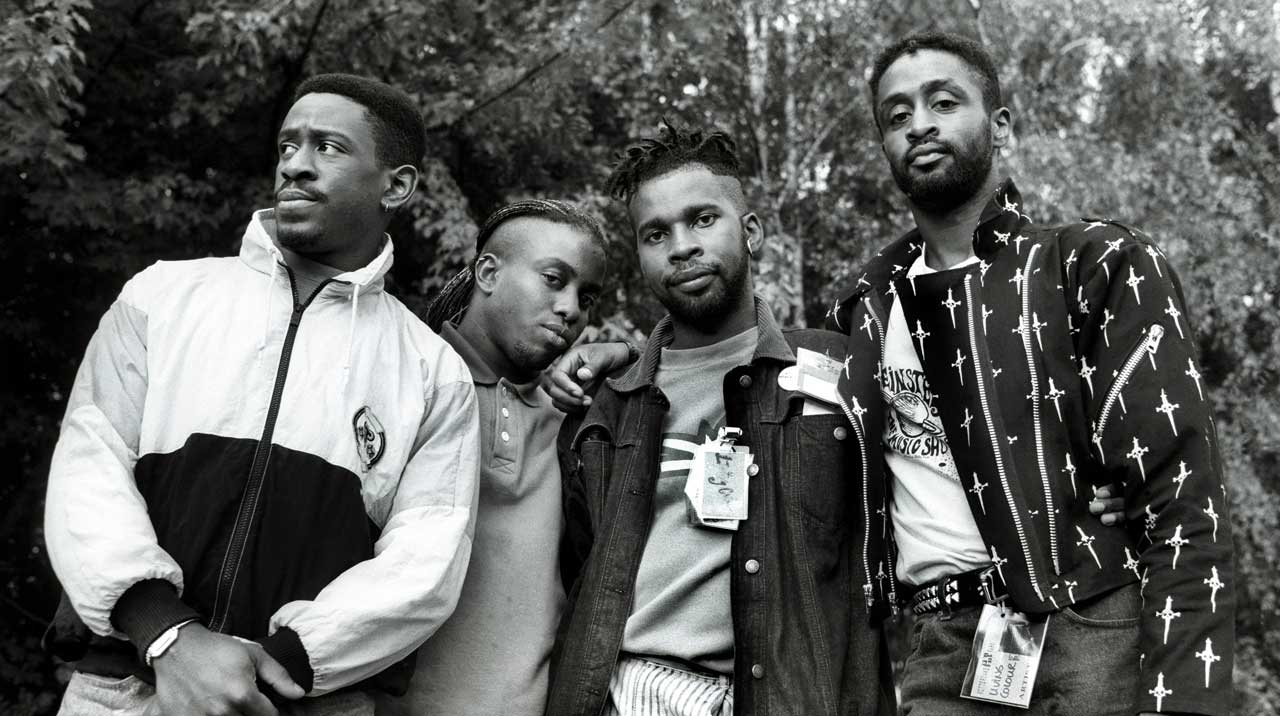The 10 Greatest Classic Rock Bootlegs Ever
Photographer, record collector and bootleg aficionado Ross Halfin talks us through his top 10 vinyl bootlegs…
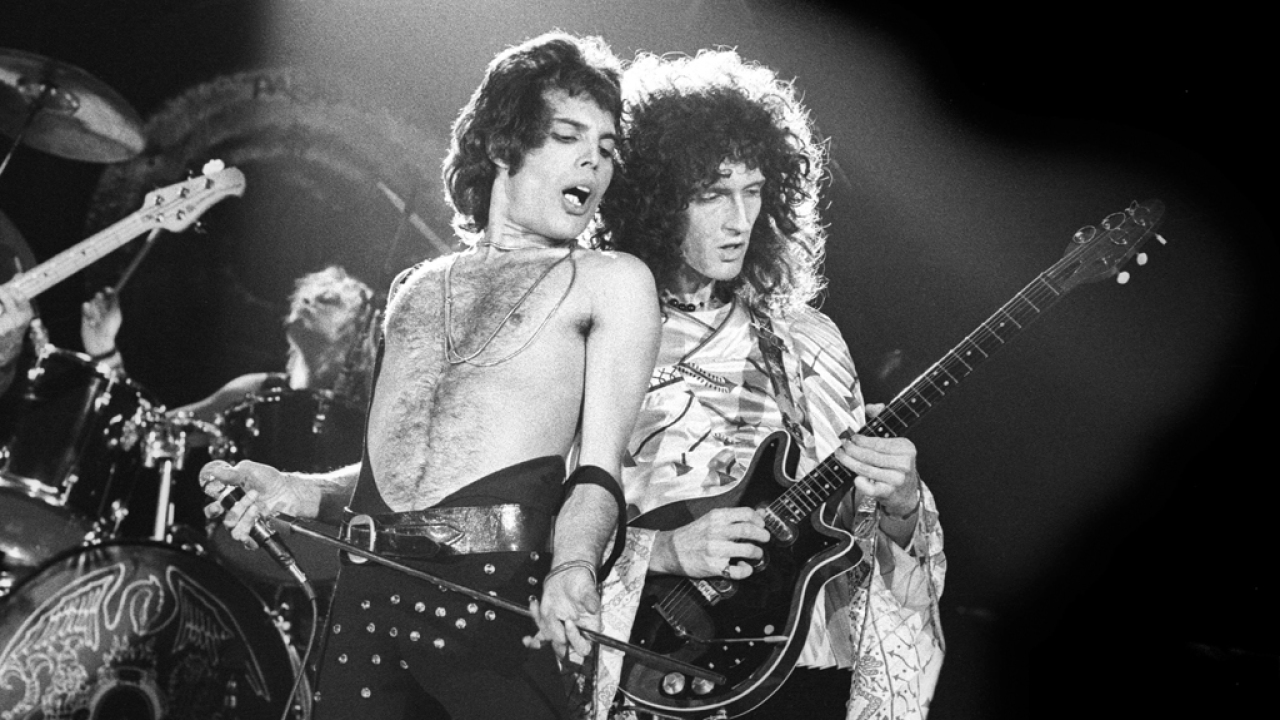
Ten live records that blur the line between legal and, well, mainly not legal...
Led Zeppelin - Pb
In chemistry, Pb is actually the atomic symbol for lead, which I always thought was quite clever of the band. This is taken from a show that was recorded for radio from Vancouver [at the Pacific Coliseum] in 1970, and it’s really amazing quality.
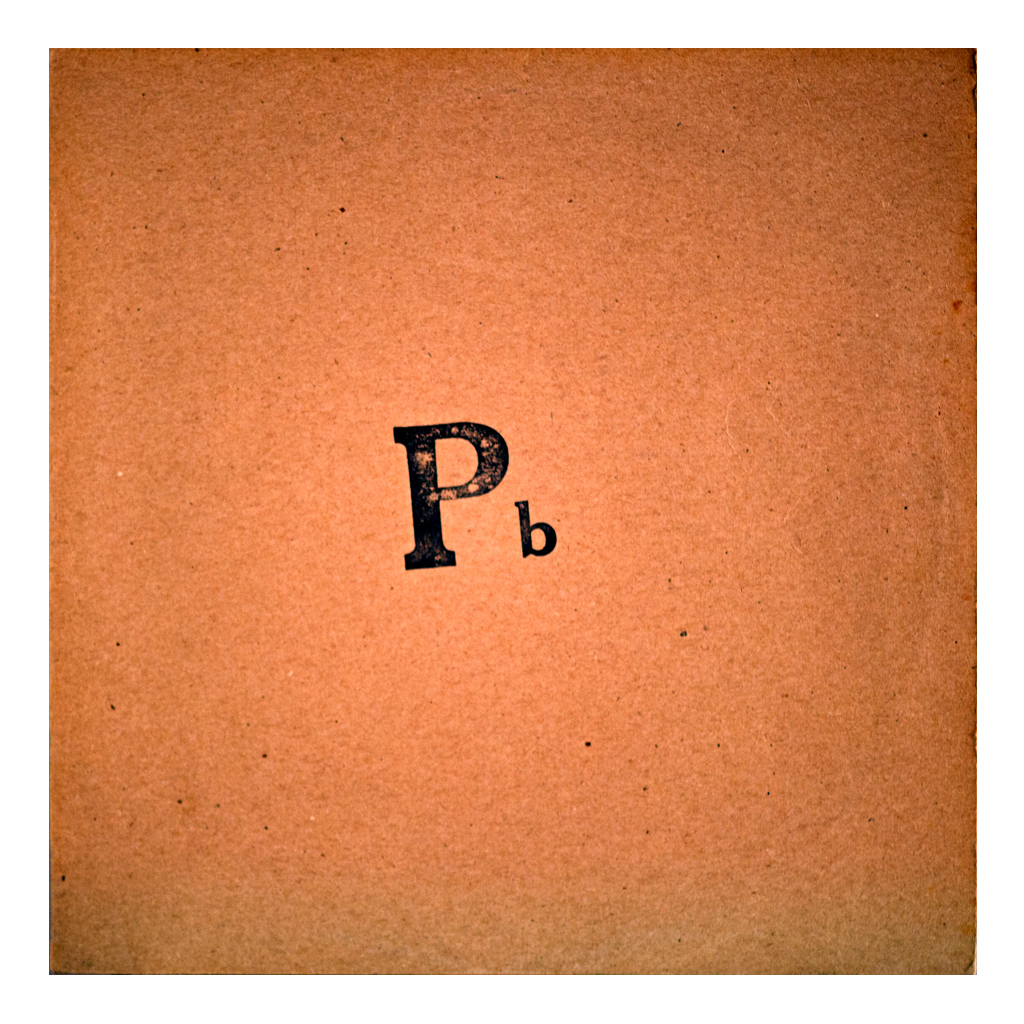
Led Zeppelin - Live On Blueberry Hill
This is one of the first Led Zeppelin bootlegs. Recorded at the Los Angeles Forum in 1970, it came out on coloured vinyl on Blimp Records. I actually prefer …Blueberry Hill to Pb, even thought it isn’t such good sound quality, but because it includes the whole show.

Led Zeppelin - Bonzo’s Birthday Party
This was recorded at the LA Forum in 1973, and has always been a favourite of mine because of the artwork by an artist named William Stout, whose work I collect. I like the picture of a pig coming out of a birthday cake. William Stout also did artwork for the Rolling Stones bootleg In Exotic Honolulu and The Who’s Who’s Zoo.
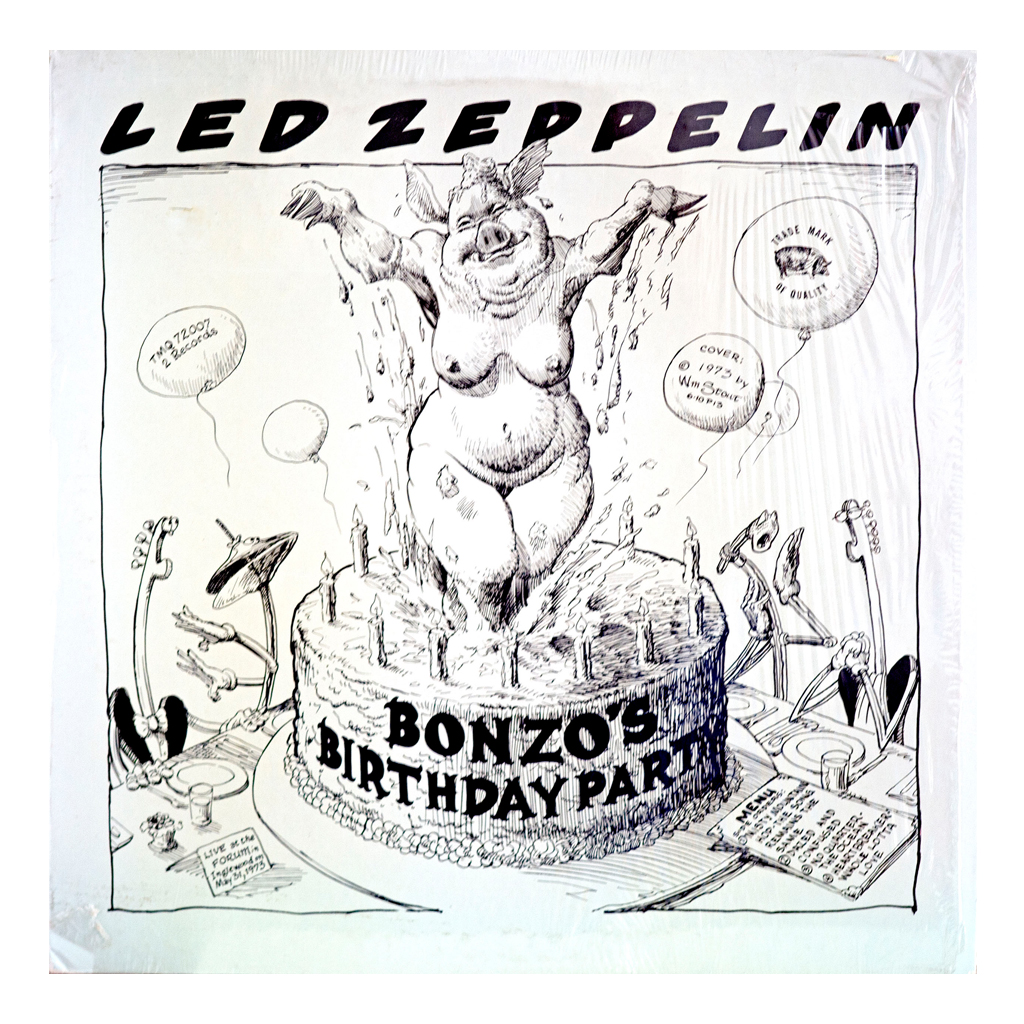
Jimi Hendrix - La Forum, 1970
This is an iconic bootleg because of the cover, which reads ‘Enjoy Jimi Hendrix’ instead of ‘Enjoy Coca-Cola’. It’s so collectable that Coca-Cola just paid £1,000 to someone I know for a copy of it just so they can have one for the files. They couldn’t sue anyone for using their variation on the logo at the time because they didn’t know where it came from.
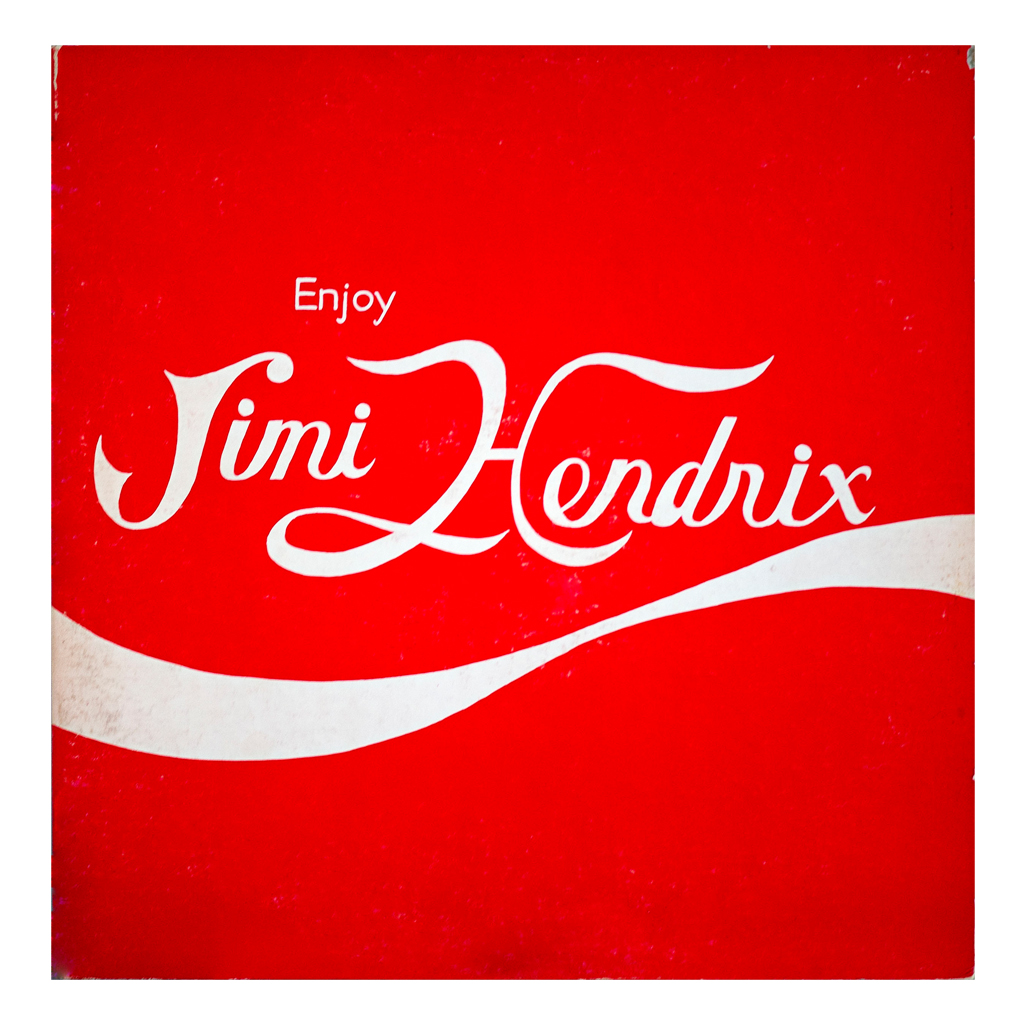
The Rolling Stones - Live’r Than You’ll Ever Be
John Peel reviewed this in Rolling Stone magazine and said that it was the greatest live album ever, and a great lost live album. It was recorded at San Francisco’s Oakland Coliseum in 1969, and was so popular that the Stones had to put out an official live album, Get Yer Ya-Ya’s Out! [in 1970]. But this is better.
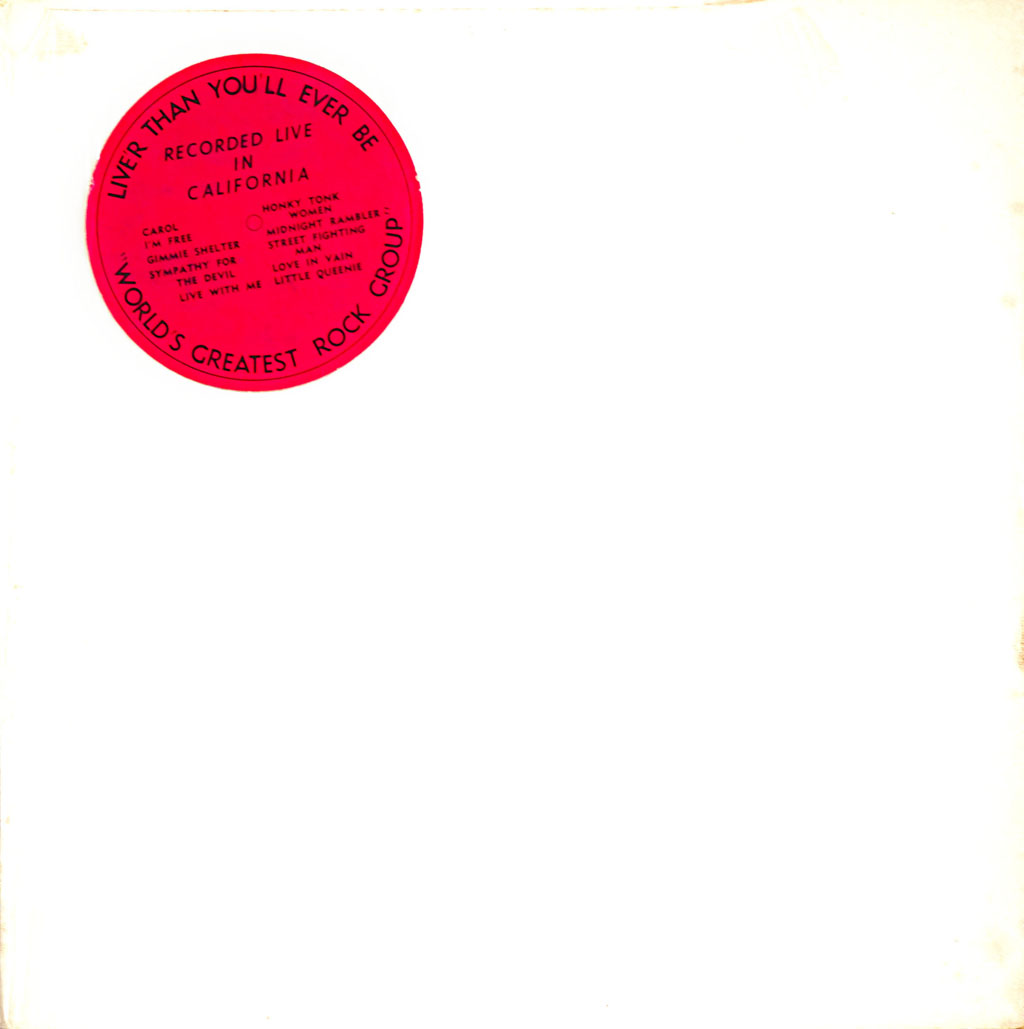
Deep Purple - H Bomb
I bought this in 1971 when I was 14 in Richard Branson’s first Virgin Records shop in Oxford Street, London. It has the worst cover of all time – it looks like it was drawn by a four-year-old. But it’s a really good recording. Someone ran a lead in and recorded it professionally at a show in Aachen, Germany, on the In Rock tour in 1970 . One of the best bootlegs ever.
Sign up below to get the latest from Classic Rock, plus exclusive special offers, direct to your inbox!
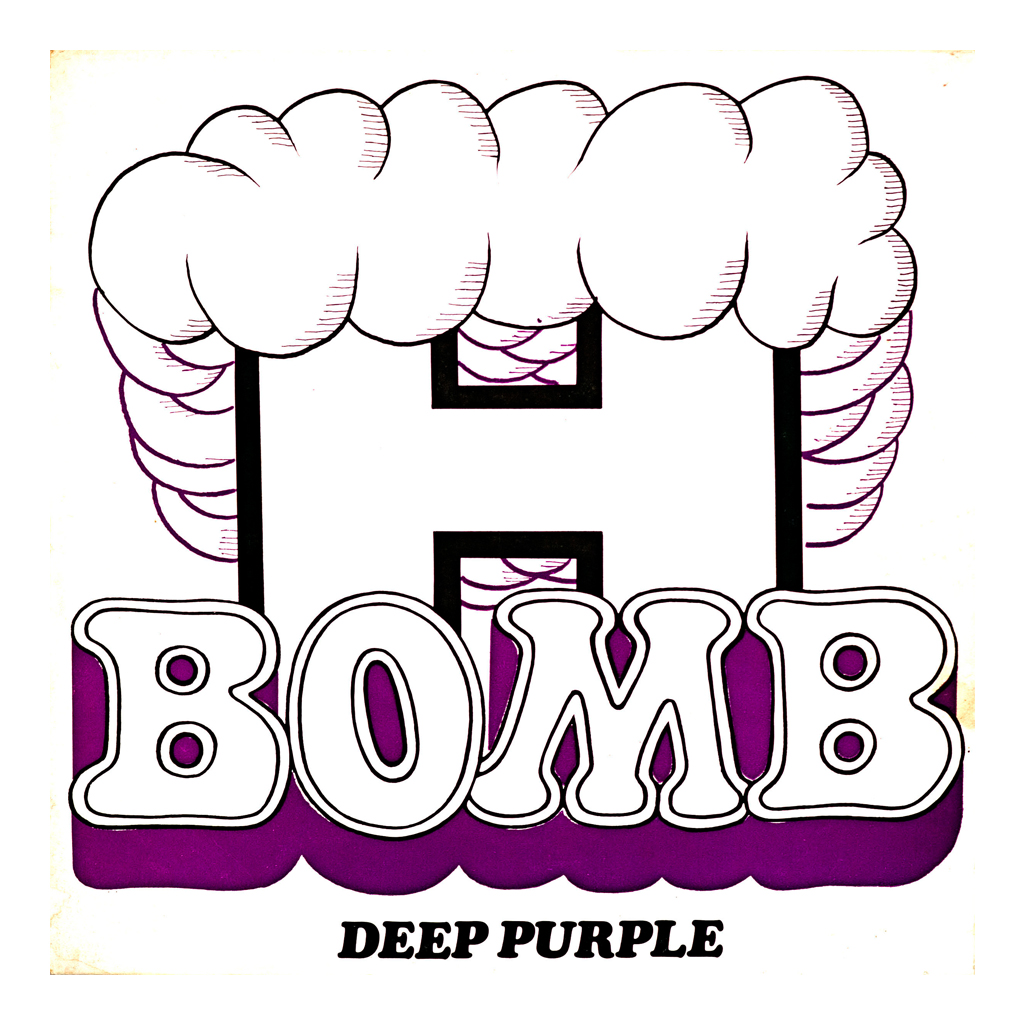
Mott The Hoople - Tower Theater, Philadelphia, 1972
It’s a great show. David Bowie introduces the band and then gets up and plays with them [on All The Young Dudes]. This is also one of the shows that was immortalised in [Mott frontman] Ian Hunter’s [1974 memoir] Diary Of A Rock’n’Roll Star.
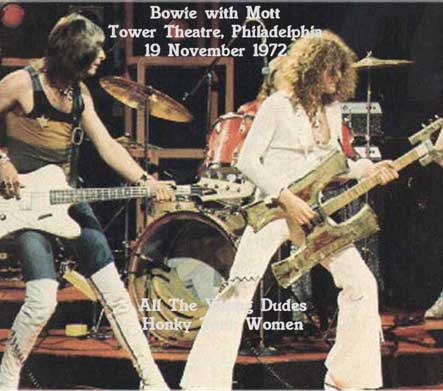
Queen - Top Fax, Pix And Info
This was recorded at London’s Earls Court on June 6, 1977. It was a Silver Jubilee show. This had excellent soundboard quality. I actually shot this show as a much younger man.

Bob Dylan - Live At The Royal Albert Hall, 1966
I picked up a copy of this recently, and it’s very good. For Jimmy Page, this is still the ultimate album. Jimmy still buys copies of it whenever he sees it, as he likes it so much. In fact, he just bought one at the Reading record fair.
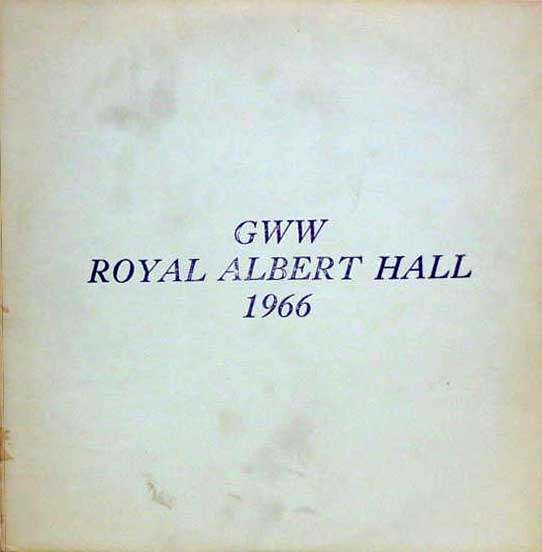
David Bowie - In America
This was recorded at the Santa Monica Civic Auditorium in 1972 on the Ziggy Stardust tour. It was so good and such a popular bootleg that they eventually had to release it as an official live album [in 1994].


The Art Of The Matter
Fed up with bootlegs’ poor art, William Stout decided to have a go himself.
If you associate bootleg records with plain white cardboard sleeves, then you haven’t heard of William Stout. The Los Angeles artist began drawing album covers for the legendary Trade Mark Of Quality bootleg label in 1973, when he was 24 years old. Stout created over 30 sleeves for TMOQ, including the Rolling Stones’ All-Meat Music (his first), Led Zeppelin’s Burn Like A Candle, and The Who’s Who’s Zoo and Tales From The Who.
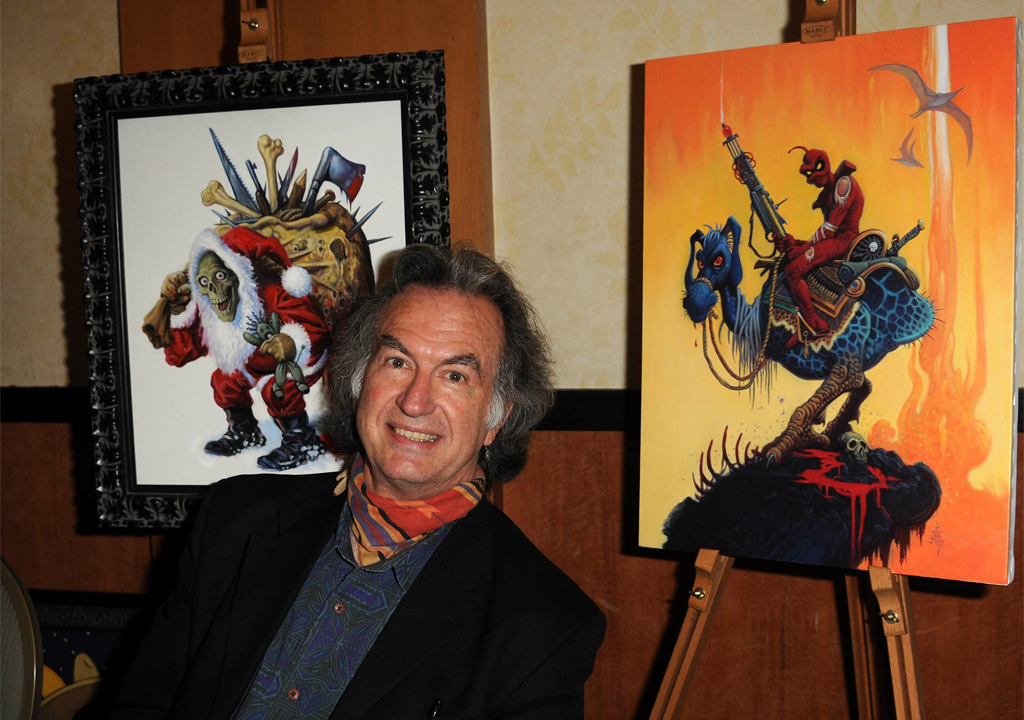
Were you yourself an avid purchaser of bootleg recordings back in the day?
I sure was. That’s kind of how it all got started. I was frustrated with the crappy art on the bootlegs. I thought the bands deserved better, so I volunteered.
Which particular artists’ bootlegs did you hunt down?
Primarily Led Zeppelin, The Beatles, The Who, Jimi Hendrix, Jeff Beck, Peter Green’s Fleetwood Mac… and pretty much any boot LP that I heard through the grapevine was good or had rare stuff on it that I didn’t own.
When you started working for TMOQ, did you have any qualms about providing the artwork for what were essentially illicit releases?
No. Creating original art wasn’t – and is not yet – illegal in this country. Bootlegs were illicit, but technically they weren’t illegal. And bootleg sales never affected legitimate sales. The bootleggers weren’t pirates or counterfeiters. That domain was ruled by the Mafia; the counterfeiters were the ones who really hurt the bands.
The two guys behind TMOQ were known only as ‘Ken’ and ‘Dub’. Did you ever crave to find out their true identities?
Their true identities were revealed to me after our first collaboration.
Were they at all intimidating as people?
Not at all. They were just regular – but smart – guys who were fellow music enthusiasts. We were three guys just having fun. Man, I sure miss the ‘fun’ aspect of the music business. It’s gone. The people who run record companies don’t seem to give a damn about music, either. With few exceptions, record companies now seem to be run by cold accountants.
Do you think bootleg releases did as much damage to bands’ careers in the 70s as people like Led Zep manager Peter Grant used to claim?
Not a bit. Any fan who would buy a bootleg would already have all of the band’s legitimate releases. And where do you think a lot of Led Zep’s brilliant legitimate live release How The West Was Won came from? If John Entwistle had never seen Who’s Zoo, we might not have had the legitimate Who release of Odds & Sods.
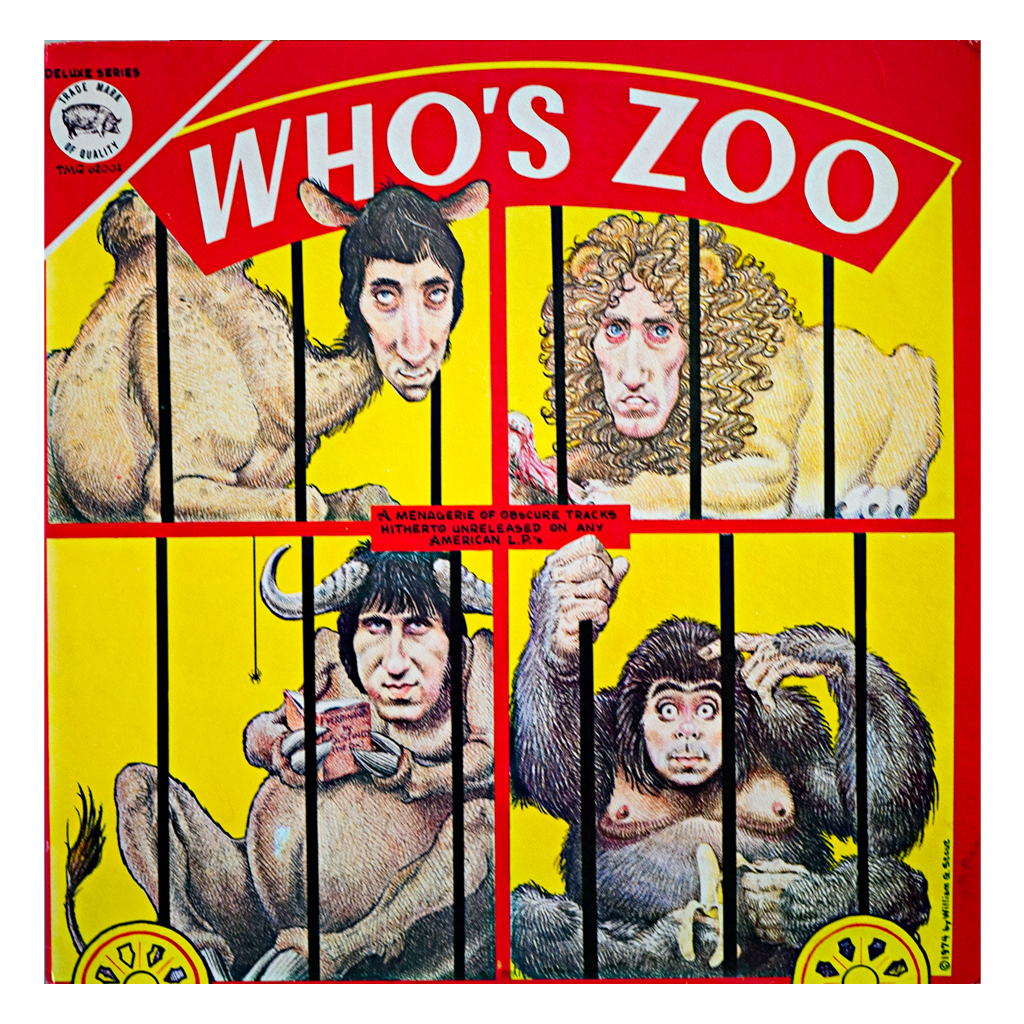
Did you get paid for your TMOQ artwork, and if so, how much?
I got paid $50 per black-and-white cover; $100 for each colour cover. Compare that with the $2,000 I typically got for a cover from a legitimate company like Columbia. When an LP also had a back cover, I drew it for free. Big bucks! Money was never the point for doing bootlegs.
What’s the favourite piece of artwork you did for TMOQ?
The Rolling Stones’ Welcome To New York, with Paul McCartney & Wings’ Great Dane a close second. There were so many good Stones covers because the Stones had a great, fully realised image to play with and the bootleggers loved the Stones, so they put out many more Stones LPs compared to ones by other groups.
You famously depicted Yoko One as a pig on The Beatles’ Get Back Sessions II. Can you explain your reasons?
I began drawing rock stars in pig form for two reasons: the TMOQ symbol was a dictionary engraving of a pig, and rock’n’roll at that time had begun to become incredibly pretentious. So I wasn’t singling out Yoko. Don’t forget John Lennon was a pig on that cover too. I did feel bad for Yoko, though, because of all the shit being heaped upon her for allegedly breaking up The Beatles. Hence my apology to her on the cover.
Do you think that kind of on-the- edge behaviour is lacking in the modern-day music world?
No, I think edgy, satirical thinking will – and should always – be a part of pop culture, if only to provoke thought and to keep it from being safe and boring.
The whole bootleg controversy of the mid-70s now looks like small fry when compared to modern-day illegal downloading, do you agree?
Yikes! Absolutely. Record companies never knew how good they had it.
Interview: Geoff Barton
Ross Halfin got into music photography almost by accident, sneaking his cameras into concerts by the likes of The Who, AC/DC, Led Zeppelin, Man and Free. Because Sounds, Melody Maker and the NME were interested in the punk scene Ross also shot The Clash, The Sex Pistols, The Jam, Adam Ant, The Adverts, The Specials and Blondie, but he preferred bands with bigger, more eye-catching stage shows and rock stars who looked and behaved as such, not self-pitying, apologetic little weasels. He would spend the following decades travelling the world with such heavyweights as Iron Maiden, Metallica, Def Leppard, Guns N’ Roses, Kiss and Mötley Crüe in his viewfinder, and also worked as an official tour photographer for Paul McCartney, George Harrison and The Who amongst numerous others.

